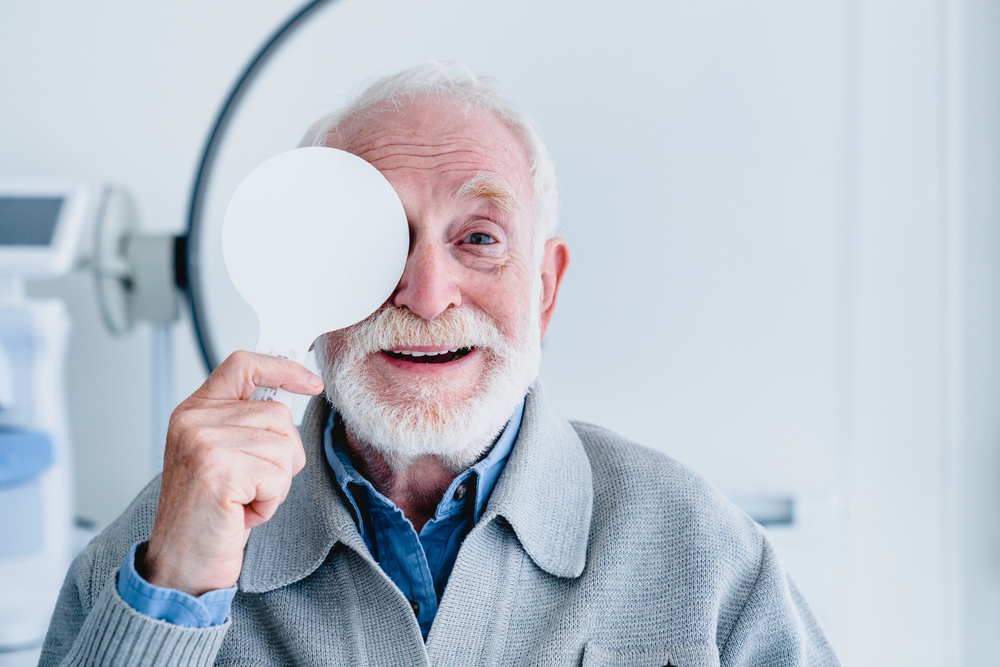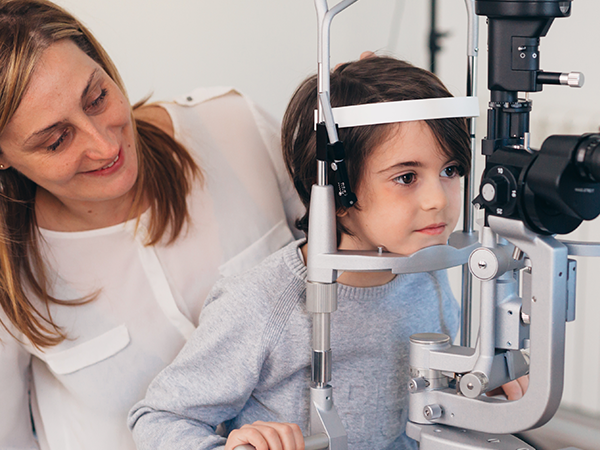
Macular degeneration is the leading cause of permanent vision loss in adults older than 60. This disease affects millions worldwide, and the risk of developing it increases as you age. Unfortunately, there’s no permanent treatment for AMD.
AMD involves the deterioration of the macula, the eye part that captures detailed information from the center of your field of vision. It also allows you to read, recognize faces, drive a car, and see the fine details of whatever you look at. Macular degeneration has two different main types — wet and dry AMD.
Rare and Common Types of Macular Degeneration
Macular degeneration has different forms, with some not quite common. Each of its various types differs from the others, including the causes and the treatments. Some rare types of AMD include wet and myopic macular degeneration, Stargardt disease, and other uncommon forms related to AMD.
Dry AMD
Most people have dry macular degeneration. It affects around 80% of people diagnosed with AMD. There’s no known cause, but genetics and the environment are possibly at play here. Dry AMD occurs when the macula’s light-sensitive cells gradually break down, impairing central vision. It progresses slowly, and often one eye at a time.
Wet AMD
Wet AMD is one of its less common forms, which may lead to a more severe loss of eyesight. Many of those who have severe loss of vision have wet macular degeneration. The cause of wet AMD is the presence of abnormal blood vessels growing underneath the retina. These blood vessels leak blood and fluid, creating a blind spot in the middle of your field of vision.
Myopic Macular Degeneration
Myopic macular degeneration (MMD) is a form of AMD in people with nearsightedness. It usually occurs in people who are short-sighted as a result of eyeball elongation. With the eye having elongated, the retina also stretches, and that causes tears in the macula. It sometimes leads to bleeding underneath the retina, much like wet AMD.
Stargardt Disease
One of the rare forms of AMD or a somewhat related disease is Stargardt disease. It is also known as juvenile macular degeneration, as opposed to age-related macular degeneration. Stargardt disease is an inherited retina disorder that leads to the macula’s progressive degeneration at an early age. It has no known treatment, but researchers are looking into drug and gene therapies.
Besides the types of AMD mentioned, other rare macular diseases include:
Macular hole
Retinal vein occlusion
Central serous retinopathy
Bestrophinopathy
Doyne honeycomb dystrophy
Punctate inner choroidopathy
Sorsby fundus dystrophy
Pseudoxanthoma elasticum (PXE)
Pattern dystrophy
Cone dystrophy
Bull’s eye maculopathy
Charles Bonnet syndrome
Macular edema
Age-Related Macular Degeneration Treatment
Macular degeneration doesn’t have a cure. However, some treatments can help slow down the progress of the disease. In the case of dry AMD, a combination of supplemental nutrients can help with severe vision loss. The supplements, also known as AREDS and later AREDS2, combine the following vitamins and minerals: 500mg of vitamin C, 10mg of lutein, 80mg of zinc, 2mg of zeaxanthin, 400 IU of vitamin E, and 2mg of copper.
Your eye doctor can advise you if AREDS supplements are suitable for your dry AMD since some won’t work for all forms of the condition. If you are a smoker, you also shouldn’t take beta carotene, which will increase your risk of developing lung cancer. Besides supplements, it helps to eat eye-healthy foods like dark leafy greens, fish, and yellow fruits.
As for wet AMD, the known treatment is anti-VEGF drugs. These medicines help reduce the number of abnormal blood vessels in the retina. It also slows down any leaking, thus slowing the appearance of the blind spot. Some forms of wet AMD may also be treated by laser surgery.
Learn more about macular degeneration from Grandview Eyecare. Contact us at (402) 768-6651 in our Hebron office or (402) 729-6162 in our Fairbury office in Nebraska.







